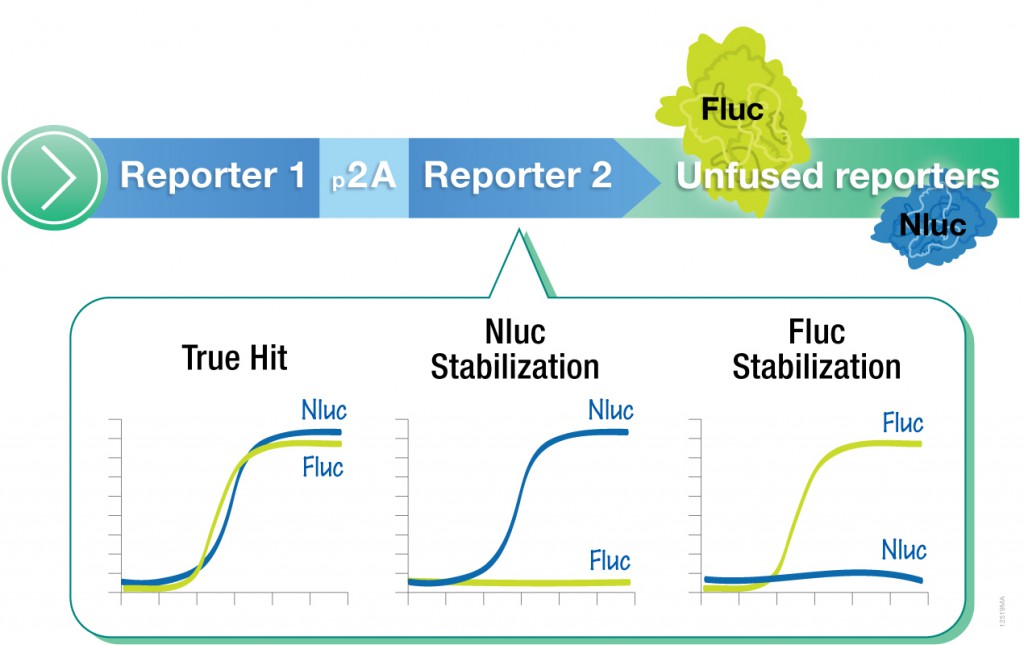Imagine for a moment this conversation between a senior graduate student and his dissertation adviser:
“Everybody’s doing it. Physicists and computer scientists do it all the time. And even Carol Greider has done it, and she’s a Nobel laureate.”
“Yes,” his adviser from her work, “she is a Nobel laureate; she can take that risk. But, I don’t have tenure, and I am still working on my first NIH grant. You don’t have a degree yet. None of these things—your PhD, the grant renewal, my promotion—come without publications in a peer-reviewed journal, and most peer-reviewed journals in our field, at the least the ones that count for grant renewals and promotion, don’t allow publication of previously released data.”
“But why let the publishers decide what is good science—why not let the scientific community decide and crowd source the review?”
“I agree, but I also want a future. We write the paper and submit it. So do your homework, let’s go to a journal with a short turnaround time, open review, and a reputation for publishing good science.”
Open Data and the Biological Sciences
The debate over prepublication in biology is raging. Prepublication is the standard in physics, computer science, math, and economics to get results publicly available quickly for scientific commentary, and it doesn’t seem to interfere with career advancement and grant renewals. Is there a good reason that the same practice isn’t followed in the life/biological sciences?
Continue reading “Prepublication: Everybody’s Doing It?”![One tired pony. By Rachel C from Scotland (Flickr) [CC BY 2.0 (http://creativecommons.org/licenses/by/2.0)], via Wikimedia Commons](https://www.promegaconnections.com/wp-content/uploads/2016/02/Equine_joke-269x300.jpg)
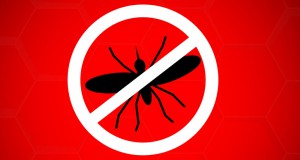

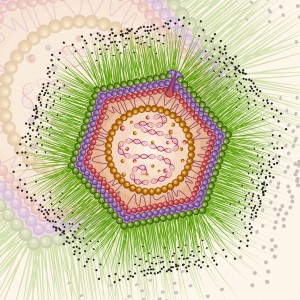
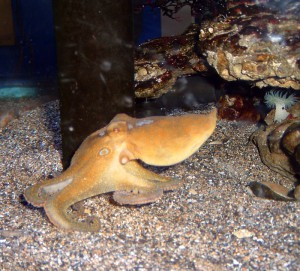
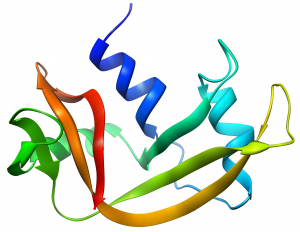
 Every day scientists apply creative ideas to solve real-world problems. Every so often a paper comes up that highlights the creativity and elegance of this process in a powerful way. The paper “Programmable probiotics for detection of cancer in urine”, published May 27 in Science Translational Medicine, provides one great example of the application of scientific creativity to develop potential new ways for early detection of cancer.
Every day scientists apply creative ideas to solve real-world problems. Every so often a paper comes up that highlights the creativity and elegance of this process in a powerful way. The paper “Programmable probiotics for detection of cancer in urine”, published May 27 in Science Translational Medicine, provides one great example of the application of scientific creativity to develop potential new ways for early detection of cancer.

